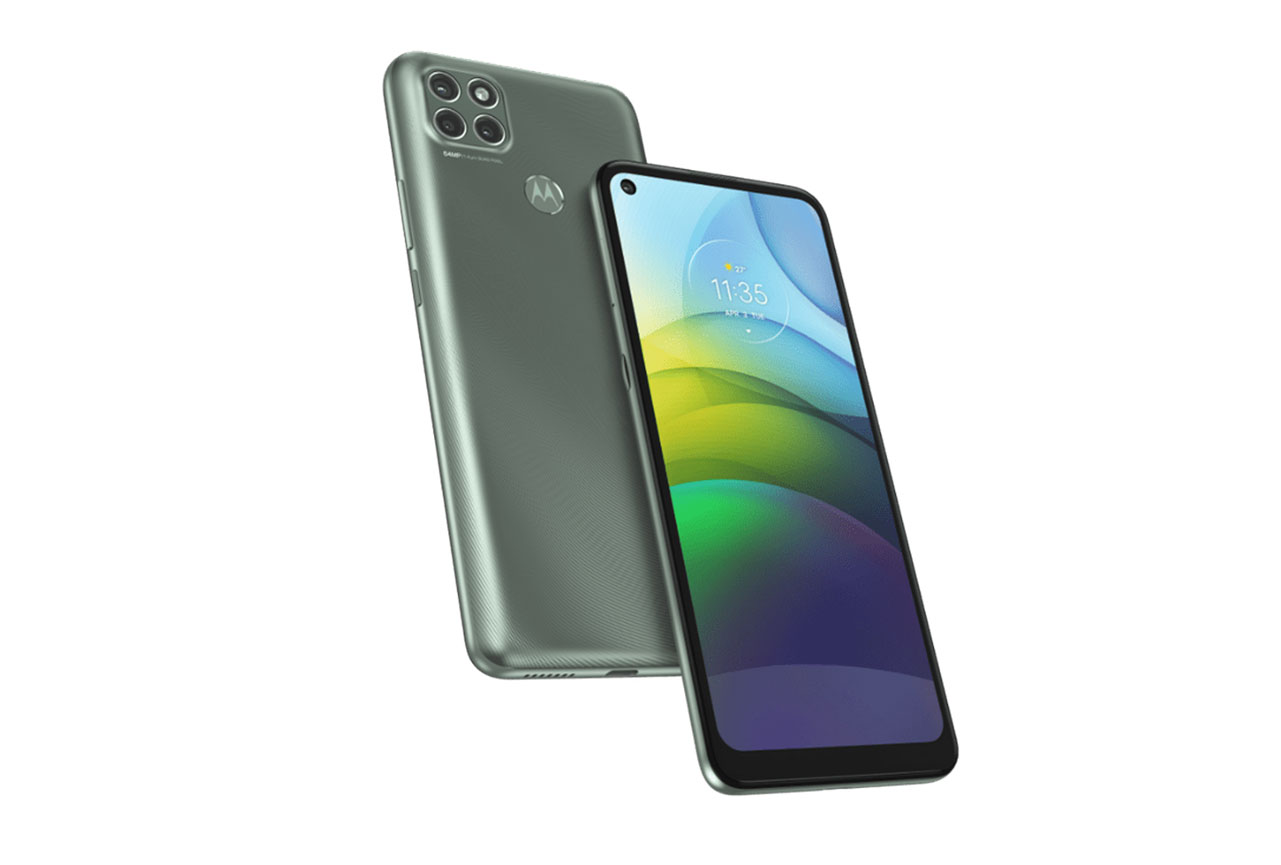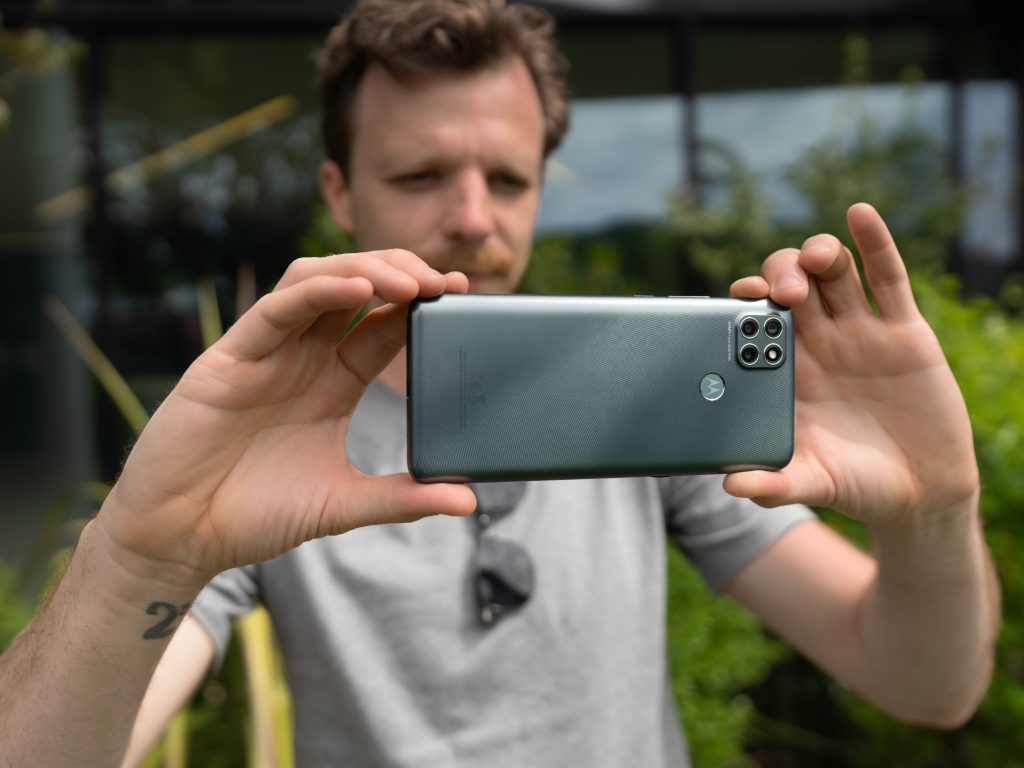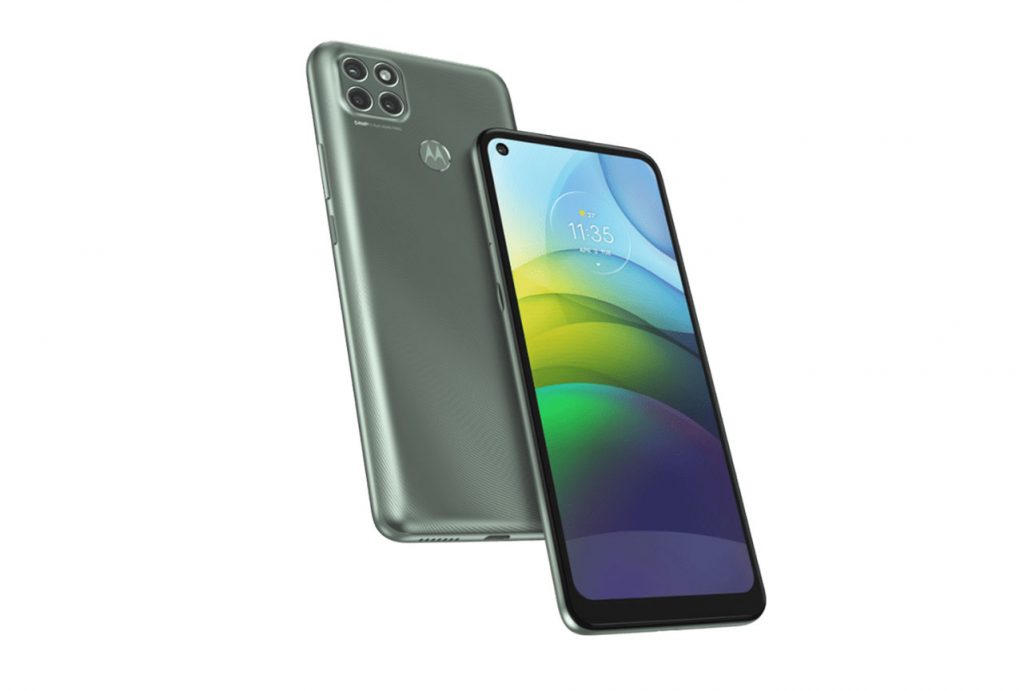Motorola announced the Moto G9 Power in November 2020; its launch price of 229€ puts it into our Advanced smartphone segment. Endowed with a large 6.8-inch display, a triple camera setup, and 128 GB of storage, it also packs a hefty 6000 mAh battery. We put the Moto G9 Power through our comprehensive set of Battery tests and present the most important results in this review.
Key specifications:
- Battery capacity: 6000 mAh
- 20W charger included
- Chipset: Qualcomm Snapdragon 662 (11 nm)
- 6.8-inch, 720 x 1640 HD+ resolution, 60 Hz IPS LCD display
- Tested ROM / RAM combination: 128 GB / 4 GB
About DXOMARK Battery tests: For scoring and analysis in our smartphone battery reviews, DXOMARK engineers perform a variety of objective tests over a week-long period both indoors and outdoors. This article highlights the most important results of our testing. (See our introductory and how we test articles for more details about our smartphone Battery protocol.)
Test summary
Scoring
Sub-scores and attributes included in the calculations of the global score.

Motorola Moto G9 Power


Key performances
These key points are derived from the lab measurements during testing and do not figure into the overall score. The lab measurements, however, are used for the overall score.
 132nd
132nd
 39th
39th
Pros
- Overall good autonomy, especially in on-the-go tests
- Close to 3 days (63 hours) of moderate usage
- Good performance in 3G calls
Cons
- Poor charging overall
- Very poor 0% to 80% charging despite 20W charger
- Poor full charge efficiency
The Motorola Moto G9 Power comes with a large 6000 mAh battery that gives it good overall autonomy — nearly three full days in average use. It performed particularly well in our on-the-go tests. Given the large size of its display (6.8 inches), we were surprised at its fairly low resolution, which should have helped autonomy. Motorola opted to package its smartphone with an inefficient 20W charger, which had a serious impact on its performance (and thus its scores) for both charging and efficiency.
We compared the Moto G9 Power’s performance in several key categories with another Advanced device, the Samsung Galaxy M51, and with a phone from our Essential segment, the Vivo Y20s; battery capacity, charger, display type and resolution, and processor specifications for all three devices are shown in the table below.
|
Motorola Moto G9 Power |
Samsung Galaxy M51 |
Vivo Y20 s |
|
| Battery (mAh) |
6000 |
7000 |
5000 |
| Charger (W) |
20W |
25W |
18W |
| Display type |
IPS LCD |
AMOLED |
IPS LCD |
| Resolution |
720 x 1640 |
1080 x 2400 |
720 x 1600 |
| Processor |
Qualcomm Snapdragon 662 (11 nm) |
Qualcomm Snapdragon 730G (8 nm) |
Qualcomm Snapdragon 460 (11 nm) |
Autonomy (78)
How long a battery charge lasts depends not only on battery capacity, but also other aspects of the phone’s hardware and software. The DXOMARK Battery autonomy score is composed of three performance sub-scores: (1) Stationary, (2) On the go, and (3) Calibrated use cases. Each sub-score comprises the results of a comprehensive range of tests for measuring autonomy in all kinds of real-life scenarios.
The Motorola Moto G9 Power earned quite good scores for autonomy, doing particularly well in our On the go testing (though even there the Samsung Galaxy M51 took top honors). In terms of battery linearity, the Moto G9 Power showed average performance, which is to say that it consumed the last 20% of indicated power somewhat more rapidly (but not excessively so) than the previous 80% (typical behavior for most smartphones).
Let’s take a look at some of the details of the Moto G9 Power’s performance in our autonomy sub-attributes.

Stationary
Motorola Moto G9 Power
80
104
A robot housed in a Faraday cage performs a set of touch-based user actions during what we call our “typical usage scenario” (TUS) — making calls, video streaming, etc. — 4 hours of active use over the course of a 16-hour period, plus 8 hours of “sleep.” The robot repeats this set of actions every day until the device runs out of power.
With slightly more than 67 hours of autonomy with average use, the Moto G9 Power came in third among the three phones in our comparison; however, it was not too far behind Vivo Y20s, which provided just a shade under 3 days of autonomy despite having a smaller battery than the Moto. Both of those devices, however, were outperformed by the long life (nearly 81 hours) of the Samsung Galaxy M51’s very large 7000 mAh battery.
The graph below shows how the Moto G9 Power and its rivals performed in our robot-driven typical usage scenario:

On the go
Motorola Moto G9 Power
87
96
Using a smartphone on the go takes a toll on autonomy because of extra “hidden” demands, such as the continuous signaling associated with cellphone network selection, for example. DXOMARK Battery experts take the phone outside and perform a precisely defined set of activities while following the same three-hour travel itinerary for each device.

The Moto G9 Power performed well in our on-the-go tests — roughly on par with the leading Samsung Galaxy M51, and ahead of the Vivo Y20s by a full 13 points. Although its battery performance was not quite as good as the Galaxy M51’s in our GPS testing, the Motorola device outperformed both the Samsung and the Vivo during camera use (and the Vivo when making phone calls).

Calibrated
Motorola Moto G9 Power
73
100
For this series of tests, the smartphone returns to the Faraday cage and our robots repeatedly perform actions linked to specific sets of activities (use cases) such as gaming, streaming, etc.
The Motorola Moto G9 Power came in second place in these tests at 73 points, coming in ahead of the Vivo Y20s’s 59 points (which reflects the Moto’s higher scores in all of our active test cases). However, by numbers alone, neither device came close to the Samsung Galaxy M51’s whopping 100-point score. That said, the G9 Power maintained its dignity by besting even the Galaxy M51 when making 3G calls. (And in fact, the Moto G9 Power is the current leader for 3G calling in our entire database thus far.) The Moto G9 Power also came in just behind the M51 in music streaming.
Charging (56)
The DXOMARK Battery charging score is composed of two sub-scores, charging speed and quick power boost. Full charge tests assess the reliability of the battery power gauge; measure how long it takes to charge a battery from 0% to 80% capacity and from 80% to 100%; and measure how long and how much power the battery takes to go from an indicated 100% to an actual full charge. With the phone at different charge levels (20%, 40%, 60%, 80%), Quick boost tests measure the amount of charge the battery receives after being plugged in for 5 minutes.
The Motorola Moto G9 Power’s 20W charger proved disappointing overall. Our engineers found that its 20W label was not accurate, as lab measurements consistently showed the charger carrying only between 15W and 17.5W during testing.

Full charge
Motorola Moto G9 Power
54
121
When charging from empty, the Motorola Moto G9 Power took nearly 3 hours to achieve a full charge, which is roughly a half-hour longer than both the Samsung and Vivo devices — a result that places the Motorola device in the lower echelons for overall charging speed.

Quick boost
Motorola Moto G9 Power
61
111
The Moto G9 Power also did not rank highly in our quick boost results overall, though it is still in the same ballpark as the Galaxy M51 with its 25W charger and the Y20s with its 18W charger. Plugging in the Motorola device will enable users to gain about two hours of active use:
| Motorola Moto G9 Power | Samsung Galaxy M51 | Vivo Y20s | ||
| Autonomy boost (hh:mm) | 20% | 1:51 | 2:12 | 2:45 |
| 40% | 2:00 | 2:26 | 2:36 | |
| 60% | 2:03 | 2:06 | 2:32 | |
| 80% | 2:06 | 2:05 | 1:45 | |
| Percentage boost | 20% | 4 % | 4.1 % | 5.5 % |
| 40% | 4.3 % | 4.5 % | 5.2 % | |
| 60% | 4.4 % | 3.9 % | 5.1 % | |
| 80% | 4.6 % | 3.9 % | 3.5 % | |
| Energy consumed | 20% | 1452 mWh | 1405 mWh | 1508 mWh |
| 40% | 1561 mWh | 1553 mWh | 1425 mWh | |
| 60% | 1601 mWh | 1342 mWh | 1387 mWh | |
| 80% | 1641 mWh | 1331 mWh | 962 mWh |
Efficiency (58)
The DXOMARK power efficiency score consists of two sub-scores, Charge up and Discharge, both of which combine data obtained during robot-based typical usage scenario testing, outdoor mobility testing, charging evaluation, and power measurements, and then take into consideration the device’s battery capacity.

Charge up
Motorola Moto G9 Power
50
105
With only 64% nominal efficiency (compared to 79% and 71% for the Samsung and Vivo, respectively), the Moto G9 Power is the second-weakest for energy conversion efficiency from wall outlet to device in our database thus far. Its residual power drain is acceptable when the smartphone remains plugged into the charger, but the Motorola device drains more power than average when the smartphone is unplugged.

Discharge
Motorola Moto G9 Power
69
121
The Motorola Moto G9 Power shows high efficiency when making calls and when streaming music — two situations in which its screen is off. It struggles a bit when streaming video and when gaming, however, especially when compared to the Galaxy M51 with its much higher-resolution FHD+ display.
Conclusion
The Motorola Moto G9 Power comes with a big 6000 mAh battery that gets the job done quite well when it comes to autonomy, showing particularly good strength in our on-the-go tests and in making phone calls. The sticking point is its charger: while nominally 20W, which should be enough to power up the battery quicker, its actual measured flow-through measured between 15W and 17.5W in our tests. Were it not for its sub-par charging and efficiency scores, the Moto G9 Power would be higher in the rankings than it is.





DXOMARK encourages its readers to share comments on the articles. To read or post comments, Disqus cookies are required. Change your Cookies Preferences and read more about our Comment Policy.